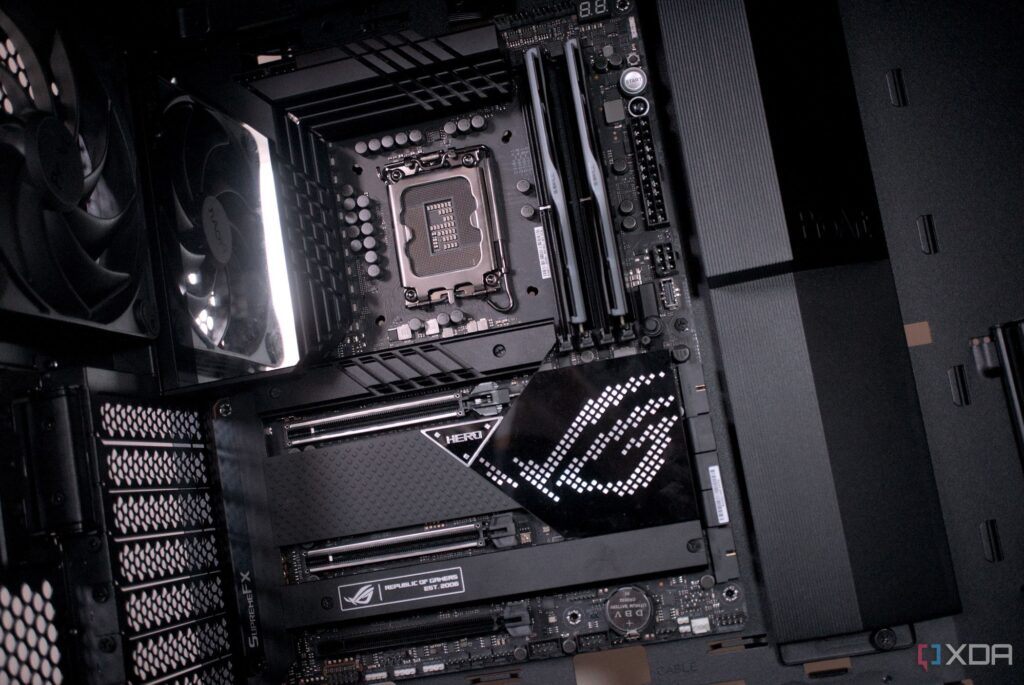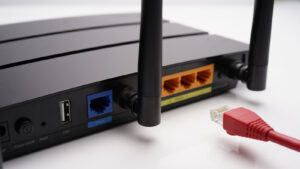
URGENT UPDATE: First-time PC builders and seasoned upgrade enthusiasts, be aware: your motherboard could derail your entire upgrade strategy. As of October 2023, new insights reveal how critical motherboard choices can hinder performance and future upgrades, turning your “simple upgrade” into an expensive overhaul.
Have you recently scored a next-gen GPU or CPU? Before making that purchase, consider the compatibility of your motherboard. Recent reports indicate that many users are facing issues with outdated sockets and inadequate power delivery systems that can choke high-performance components, leaving them with hardware they can’t fully utilize.
Socket Type Matters
Choosing the correct CPU socket is essential for maintaining your upgrade path. For instance, AMD’s AM4 socket has supported Ryzen CPUs since 2016 and continues to accommodate new chips today, while Intel’s LGA 1200 is already obsolete, powering only the 10th and 11th generations. If you’re eyeing a CPU upgrade in the next few years, ensure your motherboard socket has longevity. New CPUs often require a new socket, which means your upgrade plans could hit a wall if you’re not careful.
Power Delivery with VRMs
The role of the Voltage Regulator Module (VRM) can’t be underestimated. It manages the power supply to your components, and a weak VRM can lead to overheating and throttled performance, especially under load. For high-end chips like the AMD Ryzen 9 9950X, which can draw over 200W, or the Intel Core i9-14900K at a staggering 253W, a robust VRM is a must. Some manufacturers limit flagship CPU support or include fine print indicating their boards are “not recommended for overclocking.” Don’t settle for less.
PCIe Generations
If you’ve recently acquired a GPU with PCIe 5.0 support, check your motherboard. Using a motherboard that only supports PCIe 3.0 or 4.0 means you won’t leverage the full potential of your new GPU. While gaming at 1440p might show minimal FPS differences, for content creation or AI modeling, the difference can be significant. As PCIe 5.0 components flood the market, being stuck on an older version could limit your upgrade path severely.
Motherboard Form Factor
Lastly, consider the form factor of your motherboard. Smaller boards like Mini-ITX or Micro-ATX may have their appeal, but they also limit your upgrade potential. These compact boards typically offer fewer slots for RAM and PCIe devices, restricting your future expansion options. On the other hand, full ATX boards provide extra slots and ports, making them ideal for those who anticipate future upgrades.
As you dive into your PC build or upgrade, don’t overlook your motherboard. It’s the backbone of your system, directly influencing your ability to enhance performance in the future. The risks of choosing the wrong one can lead to costly replacements down the line.
In summary, if you’re building or upgrading a PC, prioritize your motherboard choice. Ensure it has a long-lasting socket, robust VRM, and supports the latest PCIe standards. With the right motherboard, you can set yourself up for years of seamless performance and upgrades. Don’t let a simple oversight lead to expensive regrets. Share this information with fellow builders to ensure they make informed decisions, as the right motherboard can make all the difference.






